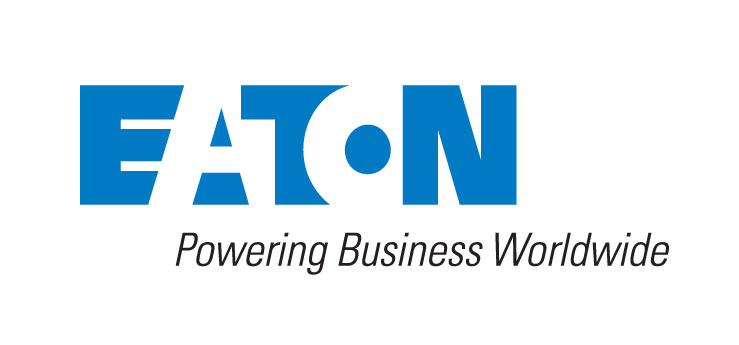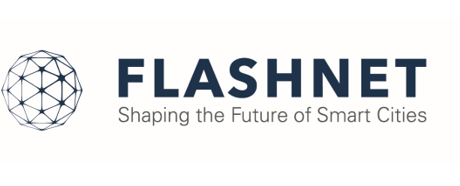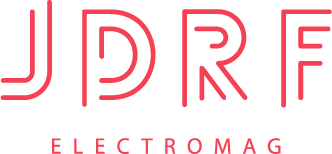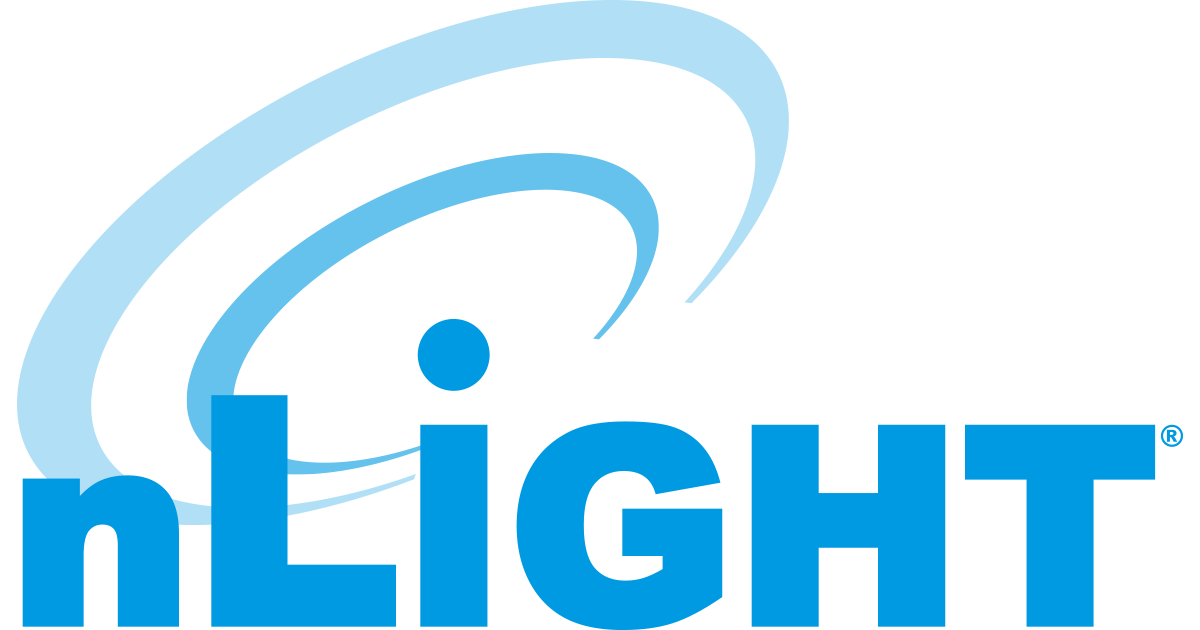In this featured project, we explore the green design of a new fire hall in Vancouver, BC, which was recognized with as Lighting Control Innovation Award of Merit in the 2024 IES Illumination Awards. Lighting and control design by Introba Light Studio. Photography by Ema Peter.
The Lighting Control Innovation Award was created in 2011 as part of the Illuminating Engineering Society’s Illumination Awards program, which recognizes professionalism, ingenuity and originality in lighting design. The Lighting Controls Association is proud to be a founding and longstanding sponsor of the Lighting Control Innovation Award, which recognizes projects that exemplify the effective use of lighting controls.
In Vancouver, BC Fire Hall 17, lighting and control systems are pivotal to achieving sustainability targets of Passive House, Zero Carbon Building, and LEED Gold certification. Through utilizing innovative technologies, the lighting control system plays a significant role in achieving sustainability goals, resulting in a 92% decrease in energy demand and a 99.7% reduction in operational carbon emissions compared to the building it replaced.
The lighting control infrastructure is thoughtfully designed to meet firefighters’ challenging emergency response operational needs while prioritizing energy efficiency, lighting control flexibility and adaptability, and firefighters’ circadian comfort. The lighting control infrastructure features:
1. A centralized control system managing all lighting components throughout the fire hall, ensuring efficient coordination and operation.
2. Vacancy, occupancy, and daylight sensor integration enabling intelligent lighting control by detecting occupancy levels, natural light availability, and room usage patterns.
3. Dimming control functionality offering precise control over lighting levels, allowing adjustments based on tasks, preferences, or environmental conditions.
4. Building Management System (BMS) integration with lighting system allowing for centralized monitoring, scheduling, and optimization, enhancing efficiency and enabling proactive maintenance.
5. Seamless integration with the fire station alerting system enabling automated responses tailored to emergency scenarios, ensuring optimal visibility and safety during firefighting efforts.
6. Multiple zoning controls lighting in specific areas designated for emergency response, optimizing operational effectiveness and energy usage.
7. Hallway lighting optimization minimizing energy consumption by automatically switching off overhead lights and utilizing low-level dimmed nighttime lighting during non-operational hours, maintaining visibility while reducing energy waste.
8. Lighting and control intervention implemented to support firefighters irregular sleep-wake cycle.
By implementing advanced lighting technologies and smart control systems, Vancouver Fire Hall 17 sets a new standard for efficiency, safety, and sustainability in emergency response facilities. Its integrated approach to lighting design underscores a commitment to environmental stewardship and resource conservation.
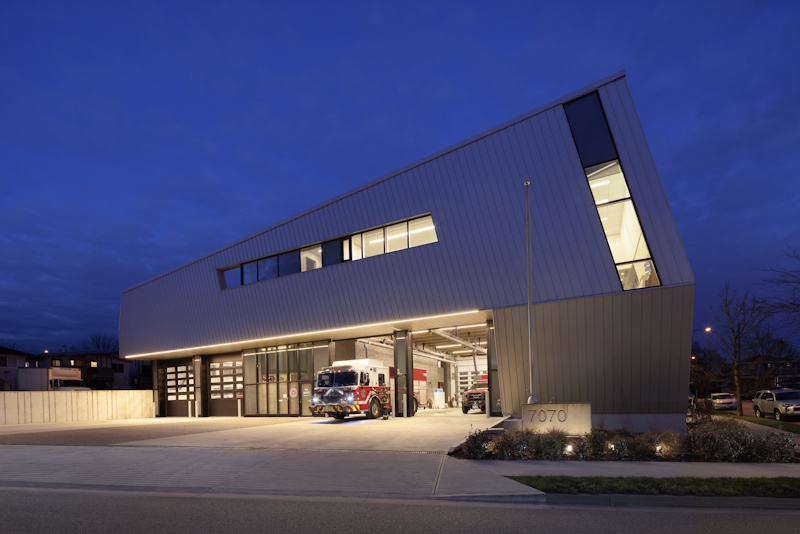
Vancouver Fire Hall 17’s lighting and control systems are vital to achieving Passive House certification, Zero Carbon Building design certification,and LEED Gold certification.

The fully electric building features a centralized control system managing all lighting components throughout the fire hall, ensuring flexible building operation tailored to firefighters’ needs.

Integrated with the fire station alerting system, the control system automates lighting tailored to emergency scenarios, ensuring optimal visibility and safety during firefighting efforts.

The Training Room utilizes a graphic touchscreen control providing programmed dimming zones and BACnet DDC network integration to maximize control flexibility.

Incorporating vacancy and daylight sensors, the lighting system dynamically adjusts illumination based on occupancy, natural light, and room usage patterns.

Optimized lighting zone controls designated for emergency responses and building operation for efficient energy usage and automated scenes for firefighter support and circadian rhythms.

Hallway lighting minimizes energy consumption by automatically switching off overhead lights and utilizing low-level nighttime lighting during non-operational hours, maintaining visibility while reducing energy waste.

Utilizing innovative technology, the lighting control system contributes to achieving a 92% energy demand drop and a 99.7% carbon reduction compared to the replaced building.

Vancouver Fire Hall 17 pioneers efficiency, safety, and sustainability with advanced lighting and controls, showcasing commitment to environmental stewardship and resource conservation.






